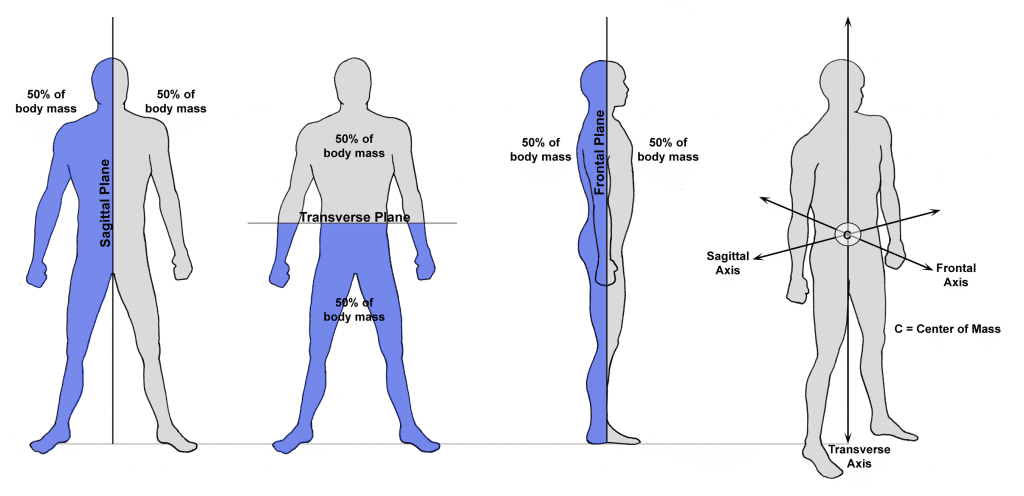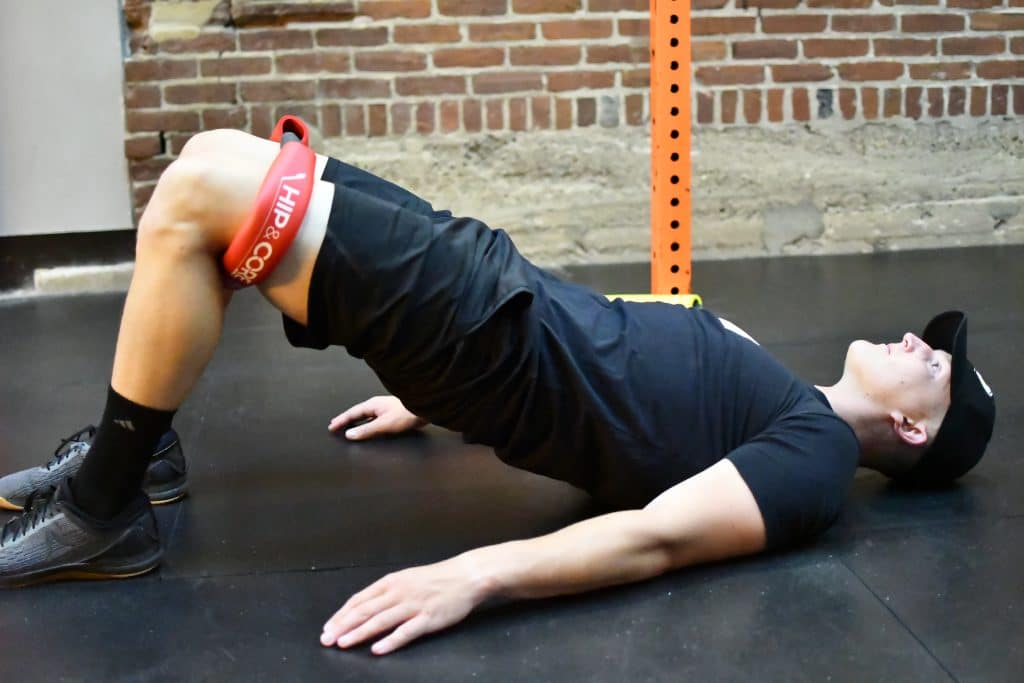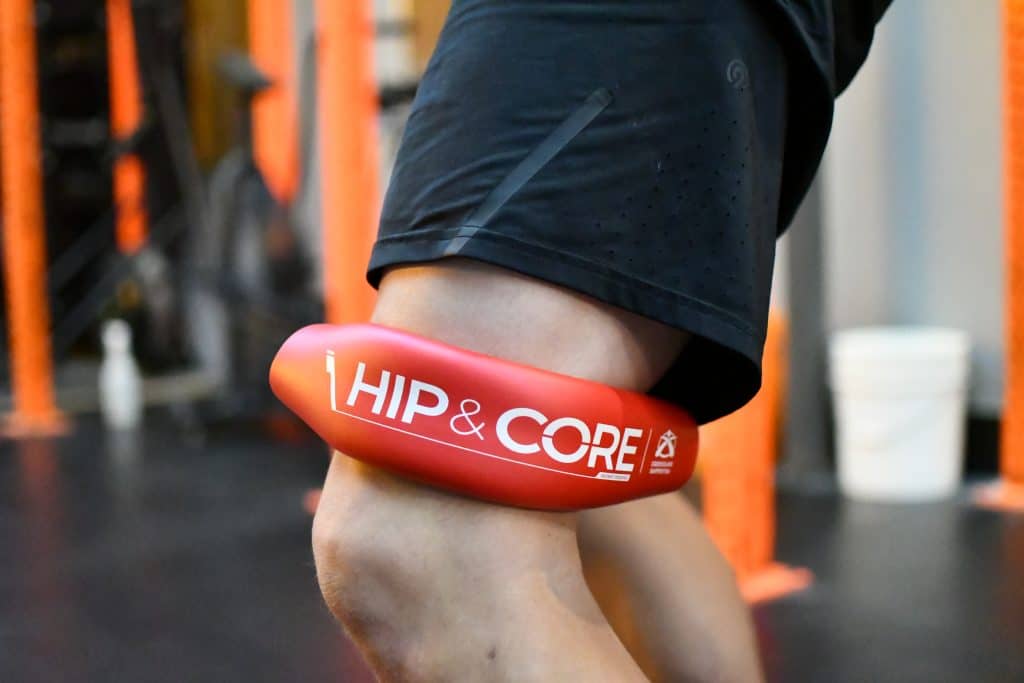Welcome back! It’s been a whirlwind of a summer over here at SLAF and I can’t believe we are almost in the month of July. For the USA summer season, that puts us almost to championship meets which is nuts because it goes to show how quickly the summer season comes and goes. In today’s post, we are going to discuss why hip mobility is necessary for the short-axis strokes and what you can do about creating better hip mobility in your swimmers!
Let’s get started!
So why hip mobility? Well hip mobility is important for a number of reasons, but primarily to allow a swimmer to undulate well in their short-axis swimming strokes.
What is Undulation?
Undulation is the movement around a swimmer’s transverse plane, which splits the body into an upper half and a lower half (see the image below).

The two primary short-axis swimming strokes are: Breaststroke and Butterfly. In both of these strokes, a swimmer undulates up and down to first get air, then to re-hit their bodyline. The amount you undulate can actually vary drastically between these strokes and a swimmer’s technique style. That’s why we wrote a blog specifically on a swimmer’s individual choices for which type of Butterfly undulation to perform (that can be found here). The undulation required for a swimmer’s Breaststroke stroke is all based off their pulling technique, so if you are not sure which style you use – click here for a link to our blog on Breaststroke Undulation.
So now that we’ve established the common movement we need to do for these swimming strokes, how do we work on our hip mobility for the pool?
1.) Dryland Exercises
There are plenty of Dryland Exercises that work your hip mobility. One of my favorites is monster walks. Whenever I preform monster walks, I use my hip and core bands from Crossover Symmetry. I put the pads around the outside of my legs to perform the walks (see below).
If you want to snag your own Crossover Symmetry cords, click here and use the promo code: SwimLikeA.Fish (case sensitive) for 15% OFF! I would recommend starting out with 3×20 monster walks (counting each leg counts as 1 rep) forward and backwards to get those glutes/hips firing.
2.) Yoga
Yoga is a great way to build up strength and mobility on land (with some added recovery benefits for swimmers as well). My favorite pose for hitting the hips specifically is pigeon pose, which can be done in multiple ways (see the video below):
I would recommend starting by holding either variation of this stretch for 60 seconds on each leg. You can progress up to two minutes each, but make sure you are NEVER feeling any pain while performing.
3.) Glute Exercises
Another great way to work your hips is to work your glutes and get them stronger. As humans, we suffer from silent glutes (when the muscles aren’t firing properly), and that’s because we don’t recruit our glutes regularly throughout the day. If you focus on some glute specific exercises like glute bridges, deadlifts, and single leg lifts – you’ll feel a lot stronger and faster in the pool.

Start with smaller sets of these exercises (i.e. 3×8 per leg) and progress from there.
4.) Squat
Believe it or not, squatting is actually an extremely beneficial way to help improve your strength and work on your hip mobility AT THE SAME TIME. With that being said, swimmers must work their squat through a FULL RANGE OF MOTION to get the added benefits of working their mobility alongside their strength.
We actually wrote an entire blog on why squats are important for swimming, which can be found here.
5.) Foam Rolling
It’s not very fun, but foam rolling is a great way for swimmers to get some soft tissue release either before or after training or, even better, BOTH! One of my favorite foam rolling exercises is the IT band roll and glute roll. See the video below as an example:
I would start with rolling both of these areas for 30 seconds per side and progress from there. You don’t need to roll more than two minutes per area though.
Hopefully you’ve gained some great knowledge on why hip mobility is important for your short-axis swimming strokes and a few ways to work on yours. Next week, we will discuss HOW MUCH hip mobility you should ideally have to undulate well in both Breaststroke and Butterfly.
Until Next Time,
Abbie Fish


2 Responses
Thank you very much
You’re welcome.